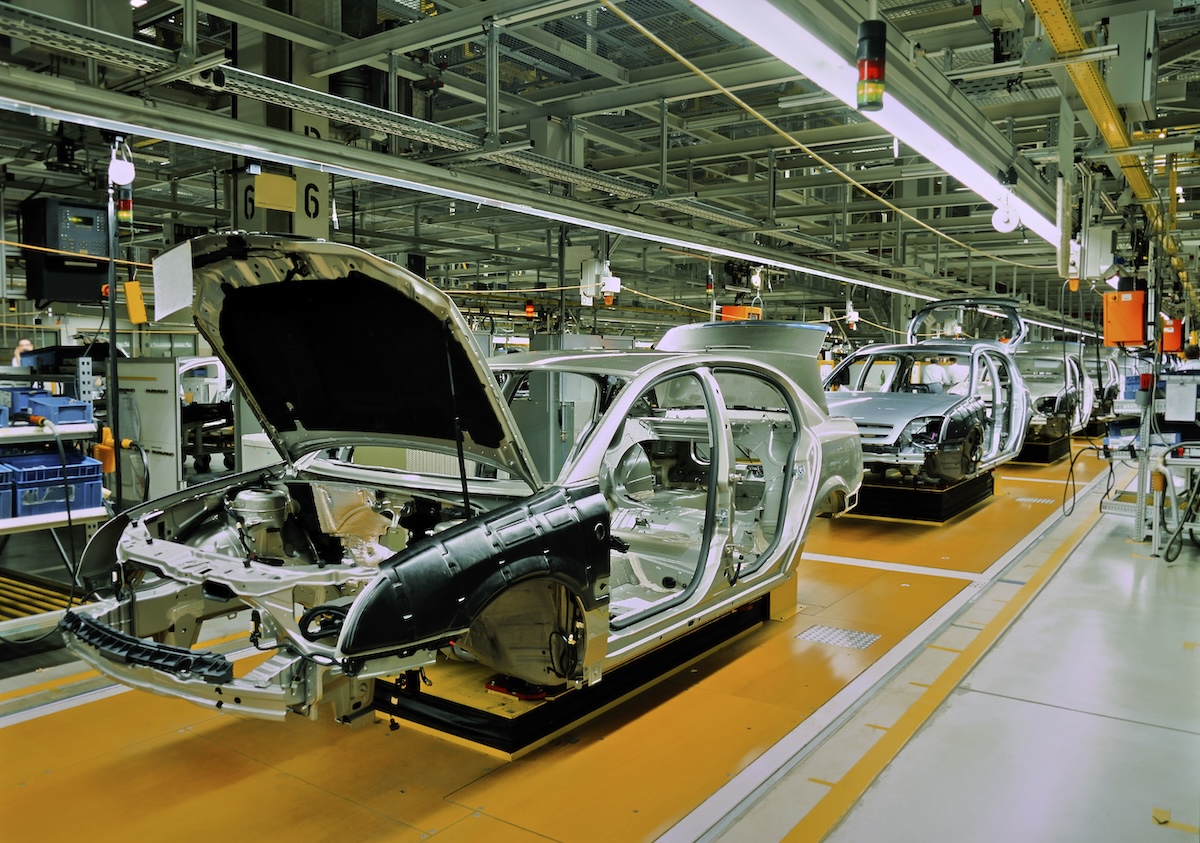Despite being advertised as “like new” or in “mint” condition, used cars are indeed used. None are perfect, but the goal is to find one that’s in good condition and has been properly maintained. The best advice is to have the car looked at by a certified mechanic. But knowing how to identify potential issues and red flags on your own will help you weed out less desirable vehicles before you spend money on a pre-purchase inspection.
Prepare in Advance

As with any large purchase, it’s smart to spend a bit of time doing some background research on a used car you're considering purchasing in advance online. If you’ve zeroed in on a particular model, a simple Google search can inform you of any common issues related to that particular used vehicle. It’s helpful to consult professional and consumer reviews and owners’ forums to get some firsthand insight. In addition to those resources, the National Highway Traffic Safety Administration (NHTSA) details open recalls, ranging from something as minor as a faulty switch to more serious items like defective airbags.
In many instances, those recalls will be listed on a vehicle’s history report, which is based on a vehicle’s Vehicle Identification Number (VIN). By listing past service, accidents (if any), owner(s), mileage, rental use, and more, this report provides an excellent view of how the car has been used and maintained. If a dealer or private seller won’t offer one of these reports, or at least provide the vehicle's VIN so you can pay to buy your own, move on to the next seller who will.
Explore the Exterior
It’s amazing what an afternoon of detailing, polishing, and buffing can do to a vehicle. But don’t let that sparkling paint job distract you. In fact, walk around the car and look at it closely to find signs of repairs that may not have appeared on the history report. If the paint color seems to be a bit off on some body panels, if there’s body-color paint where it shouldn’t be (like on the trim or windows), or something just doesn’t appear to line up correctly, ask the seller for an explanation and consider moving on to another car. These repairs could be pointing to a simple touch-up or more serious damage.
If the vehicle is older or has spent its life in one of the northern states, you’ll also want to check for rust or corrosion damage. The most problematic areas are around the wheel wells and along the bottom of the doors (inside and outside). Newer cars are well protected in this regard, but once rust sets in, it’s an ongoing and expensive battle to keep it in check.
When examining the exterior of the car, inspect the windshield for chips, cracks, or pits. If it looks damaged, you’ll want to have it replaced. That may be covered under your auto insurance policy, but keep your deductible in mind.
Next, test the exterior lights by having the seller or salesperson activate them individually while you observe them from outside. This may seem like overkill—until you see the replacement cost of increasingly common high-tech LED headlights.
Finally, inspect the tires. If you’re looking at a relatively new, low-mileage car with brand-new, hardly used tires, that’s a sign of a possible issue, and it warrants asking the seller why they needed to be replaced so soon. Old tires, whether worn down or starting to dry rot from age and lack of use, will need to be replaced for a considerable sum (expect $100-200 per tire for most passenger vehicles, plus installation costs).
Investigate the Interior

Nothing ruins the appeal of a new or new-to-you car like a stinky interior. Unfortunately, mysterious stale cigarette smoke and other musty, moldy smells can be hard to treat. Foul stenches can also suggest possible past fire or flood damage.
Assuming the interior passes the sniff test, look for excessive wear, rips, cracks, stains, burn holes, or damage in general to the upholstery, headliner, dashboard, steering wheel, and door panels. If these areas appear to have been abused or poorly maintained, chances are the rest of the vehicle was treated similarly. The same goes for all of the seat and audio controls, gauges, and basic features like turn signals and the rear-view mirror. These should all work properly and be affixed securely. Of course, any illuminated warning lights are a red flag and should be addressed before purchase.
Regardless of the season or outside temperature, do your best to determine if the heating, ventilation, and air conditioning (HVAC) system is operating correctly, including each of the zones (driver/passenger/rear, if applicable). If the AC fails to pump out cold air within a few minutes, it may need a recharge or extensive repair. More importantly, make sure the fan blows when set to the windshield defrost mode. A broken defroster on a cold morning is annoying at best and dangerous at worst.
Before calling it a wrap on the interior, take a peek inside the trunk or cargo area and check for smells or indications of water damage or structural repairs.
Look Under the Hood

For many of us, looking under the hood of a car is like trying to read a book written in a foreign language. It can be intimidating, but a few simple steps will let you evaluate the overall health of a powertrain. First, check the condition of the engine oil by pulling out the dipstick, which usually has a yellow pull-tab or hook on the end. There are markings on the end of the dipstick that show the oil level (too low may mean the engine is leaking or burning oil). The color of the oil should be light brown or brown; if it’s black, the oil is dirty and ready to be changed. Oil that contains grit or water, is foamy, or has a milky appearance is indicative of a serious engine issue. Transmission fluid, which can also often be checked with a dipstick, should be pinkish. It should smell sweet. If it smells burnt, there’s likely an issue with the transmission.
There are a number of reservoirs that you’ll see scattered throughout the engine bay for brake fluid, power steering fluid, and engine coolant. Each has markings to show you if the fluid is at the proper level. A low level is likely attributable to a leak, which would need to be fixed.
While you’re looking around, take a gander at the hoses and belts. Neither should be brittle or cracked. The battery, almost always under the hood but occasionally located in the trunk, needs to be checked for excessive corrosion around the terminals. Cleaning the terminals is a simple fix, but if it isn’t done, you could eventually have difficulty starting the car.
What you won’t see, but will want to verify with either service records or possibly the vehicle history report, is any major scheduled maintenance that’s been performed. The most notable example is the replacement of a timing belt (where applicable), which for some older cars should happen as often as every 60,000 or 90,000 miles. Vehicles that require but fail to get this service completed in a timely manner run the risk of serious engine damage.
Check Underneath
There are two main culprits to look for underneath a vehicle: rust and leaks. Although newer cars use better materials and processes to prevent rust from becoming an issue, it can still do damage. Pay particular attention to rust on the exhaust system and the frame. Light surface rust is normal and basically unavoidable, but steer clear of vehicles with heavy scaling. A fresh undercoat or paint underneath an older or high-mileage vehicle is a red flag that may be hiding problems.
As for fluid under the vehicle, anything other than condensation from the air conditioning unit is a concern. Perhaps it was nothing more than the Jiffy Lube technician failing to tighten the drain plug after the last oil change, or maybe it’s a corroded brake line or failing oil-pan gasket. Regardless, fluid leaks can lead to expensive repairs.
Suspension issues can be costly to remedy, too. A certified mechanic will need to put the car up on a lift to get a look at the complete picture, but your inspection can include checking the shocks and struts for leaks and conducting the highly unofficial bounce test (lean on each corner of the car to test the stiffness of the suspension).
Consult the Pros
As important as your personal inspection is to the buying process, nothing matches the experience of a trained expert. An ASE mechanic will typically charge $100-200 for a pre-purchase inspection (which is more in-depth than a state inspection), but they can justify that expense by fully detailing the condition of the car and providing estimates for any necessary or recommended repairs. That relatively small expense could potentially save you thousands of dollars down the road.
The Bottom Line
Purchasing a used vehicle is a significant endeavor. So take your time to research what might be the best car for you, and then methodically work through your inspection. Check the exterior, interior, underside, and under the hood. If you see any cause for concern, move on to the next car. If everything looks good, take it to a certified mechanic for a thorough pre-purchase inspection.




